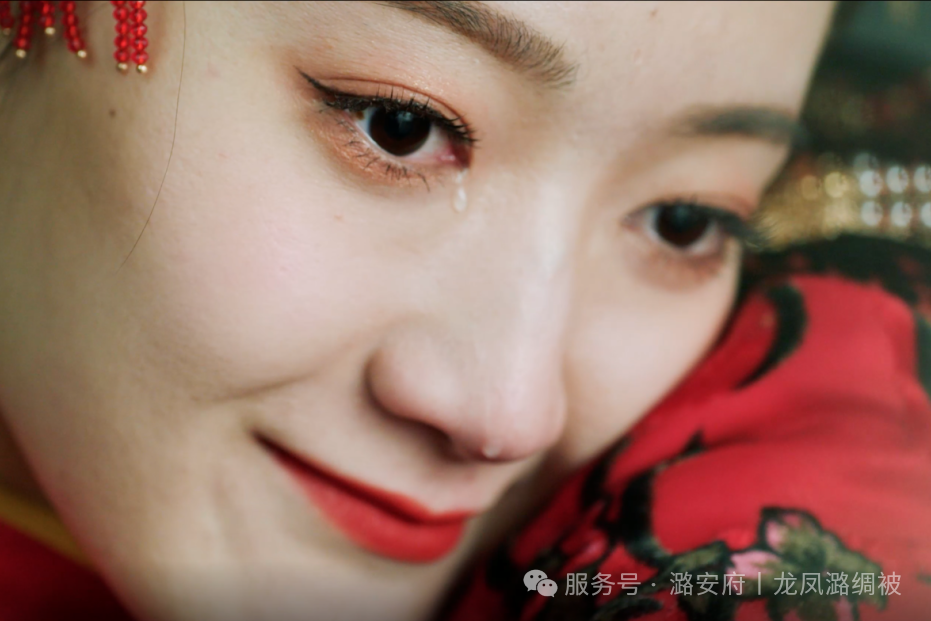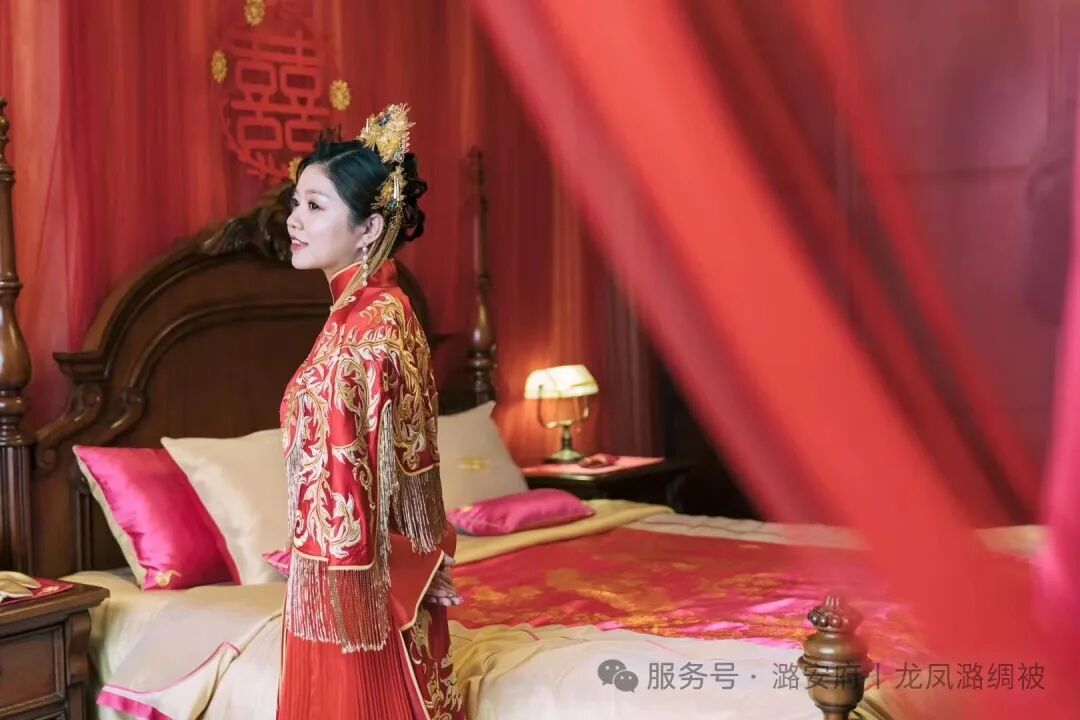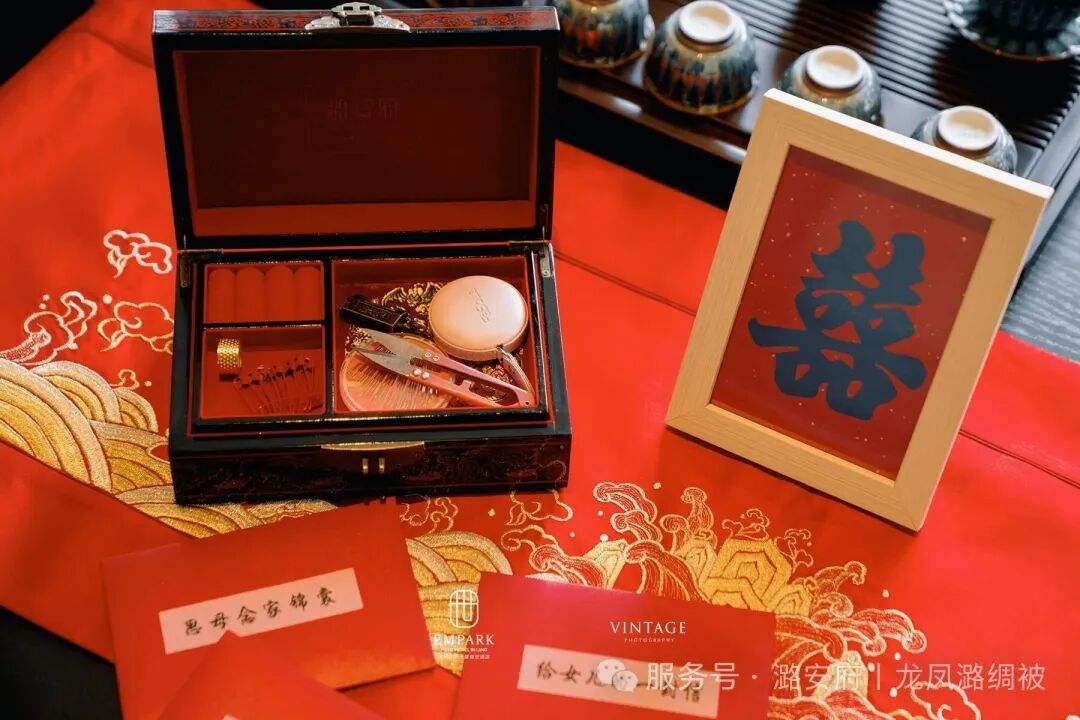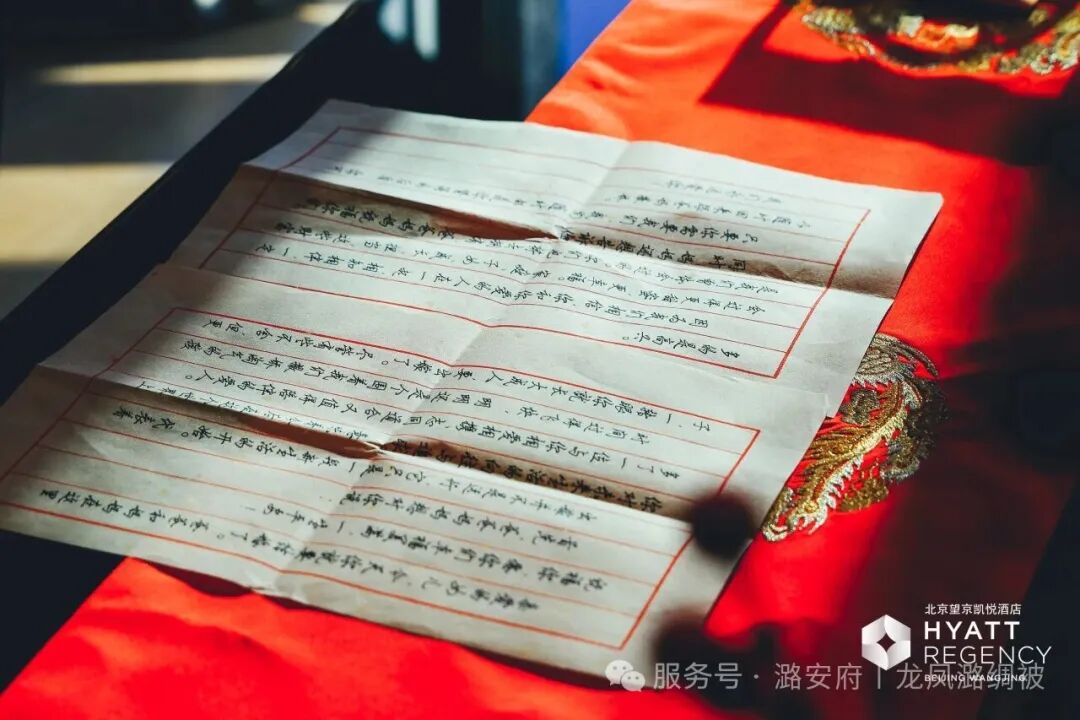One wedding quilt, one reconciliation...
-
 2025-11-11
2025-11-11
-
 Brand News
Brand News
-
 71
71
A wedding quilt symbolizes the birth of a small family. It is even a vivid interpretation of the concept that "a family is the smallest unit of a nation, and a nation is made up of thousands of families"! Family traditions are often hidden in wedding quilts, just like the Lu silk quilt from Four Generations Under One Roof that a mother prepares for her daughter.

"Mom! Who asked you to buy such a quilt for me without my consent!"
Xiao Wen's questioning was filled with confusion and distress.
A quilt costing tens of thousands of yuan was way too expensive—it wasn't worth it.
The disappointment in her mother's eyes flashed by for a moment. She gently took her daughter's hand and sat down: "Wenwen, this quilt is quite exquisite..."

She began to explain the profound meaning behind every pattern on the quilt cover:
Two peacocks perching on wisteria symbolizes deep affection between husband and wife;
The small plum blossoms around the edge imply new life;
Chrysanthemums represent longevity and filial piety;
And the peonies at the four corners stand for the support from parents and their appropriate way of letting go.

As Xiao Wen listened to her mother's gentle explanation, she suddenly understood.
This was never just a quilt—it was clearly her mother using the most traditional Chinese way to weave the family tradition vision of "four generations living under one roof", as well as the ways to get along with a spouse, children, elders and parents, stitch by stitch into her future.
This was no ordinary wedding quilt, but Lu silk which originated from the imperial tributes of the Ming and Qing dynasties, carrying the glory of being a tribute for 600 years and the inheritance of intangible cultural heritage for 60 years. Each Lu silk quilt goes through 298 processes and 375 days of meticulous production. From cocoon selection to the finished product, every step is the accumulation of craftsmanship.

What's even more touching is that this brocade quilt named Four Generations Under One Roof has its patterns arranged in an order that contains the code of a harmonious family:
The marital relationship is the core, followed by children, then filial piety, and parents know how to step back appropriately.
Isn't this exactly the "harmony in the family leads to prosperity in all undertakings" that Chinese families have been pursuing for thousands of years?

Once upon a time, many young people thought such traditions were too outdated and too ornate. But when we slow down and listen to the stories behind each pattern, we will realize that the importance Chinese people attach to family traditions has long been engraved in their bones.
A wedding quilt inherits not only craftsmanship, but also the feelings for family and country.
Under the general trend of cultural revival, these seemingly traditional items are awakening the memories of "family" in our blood in a warm way:
The love between husband and wife, respecting the elderly and caring for the young, being sensible and polite. These simple family traditions, when gathered together, form the deepest soft power of a country.

Finally, the daughter understood her mother and got married with this "confidence".
This is not just a story about a quilt, but a story about cultural identity and inheritance:
The best dowry is not just material things, but the spiritual family traditions and sustainable happiness.
Lu silk, having gone through thousands of years, witnesses happiness.
Family traditions, passed down from generation to generation, lay the foundation of the country. Isn't this the unique romance of the Chinese people?




